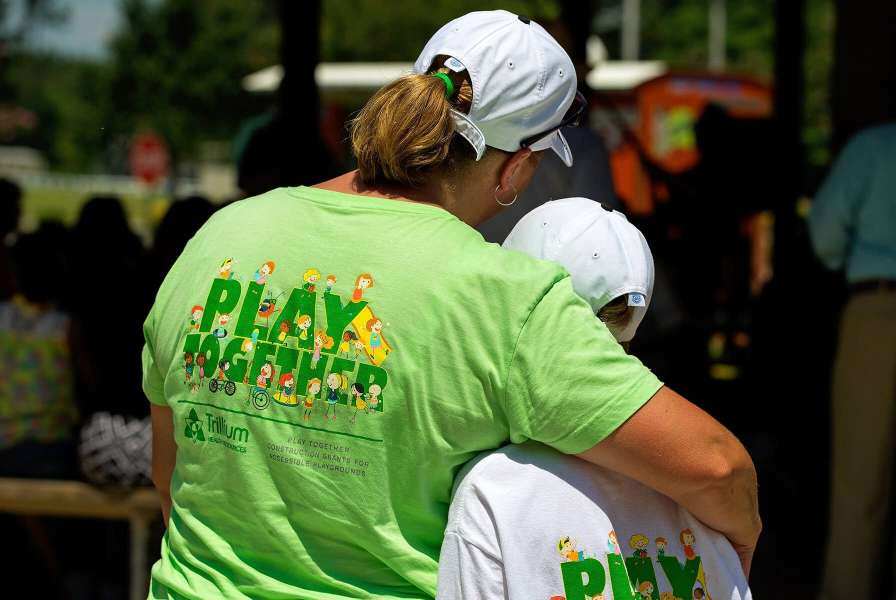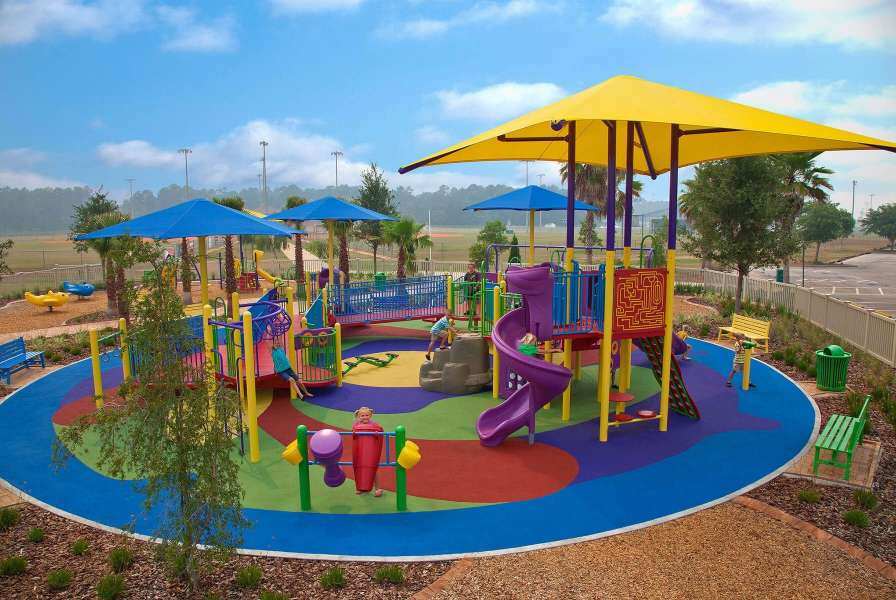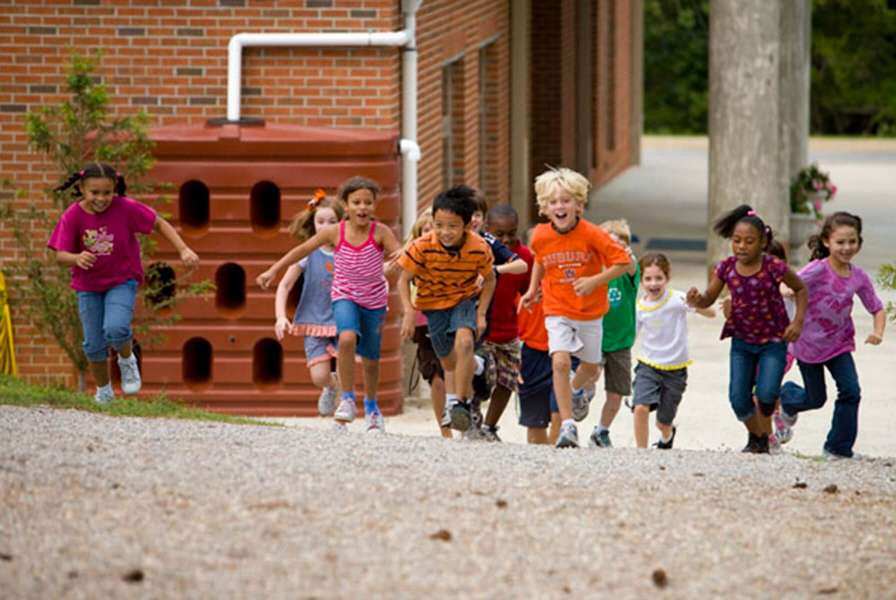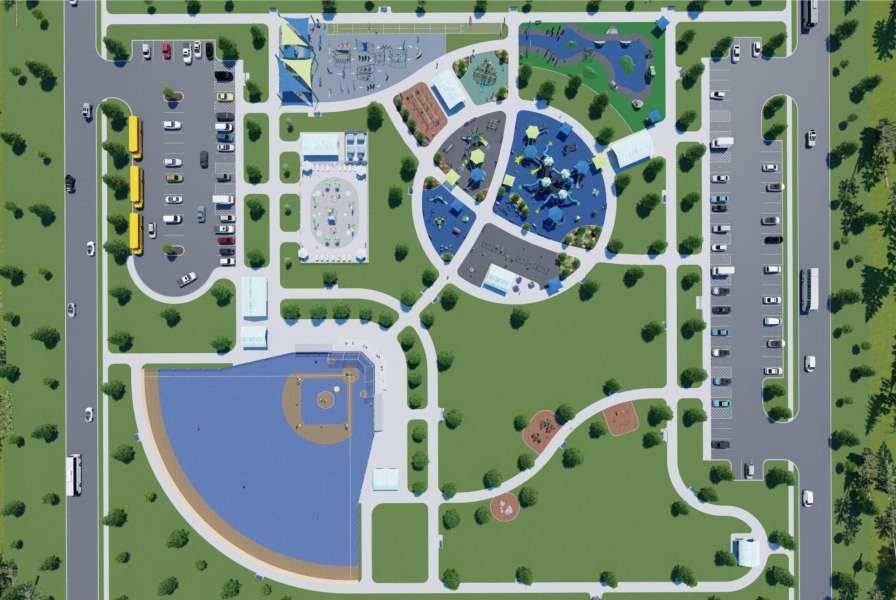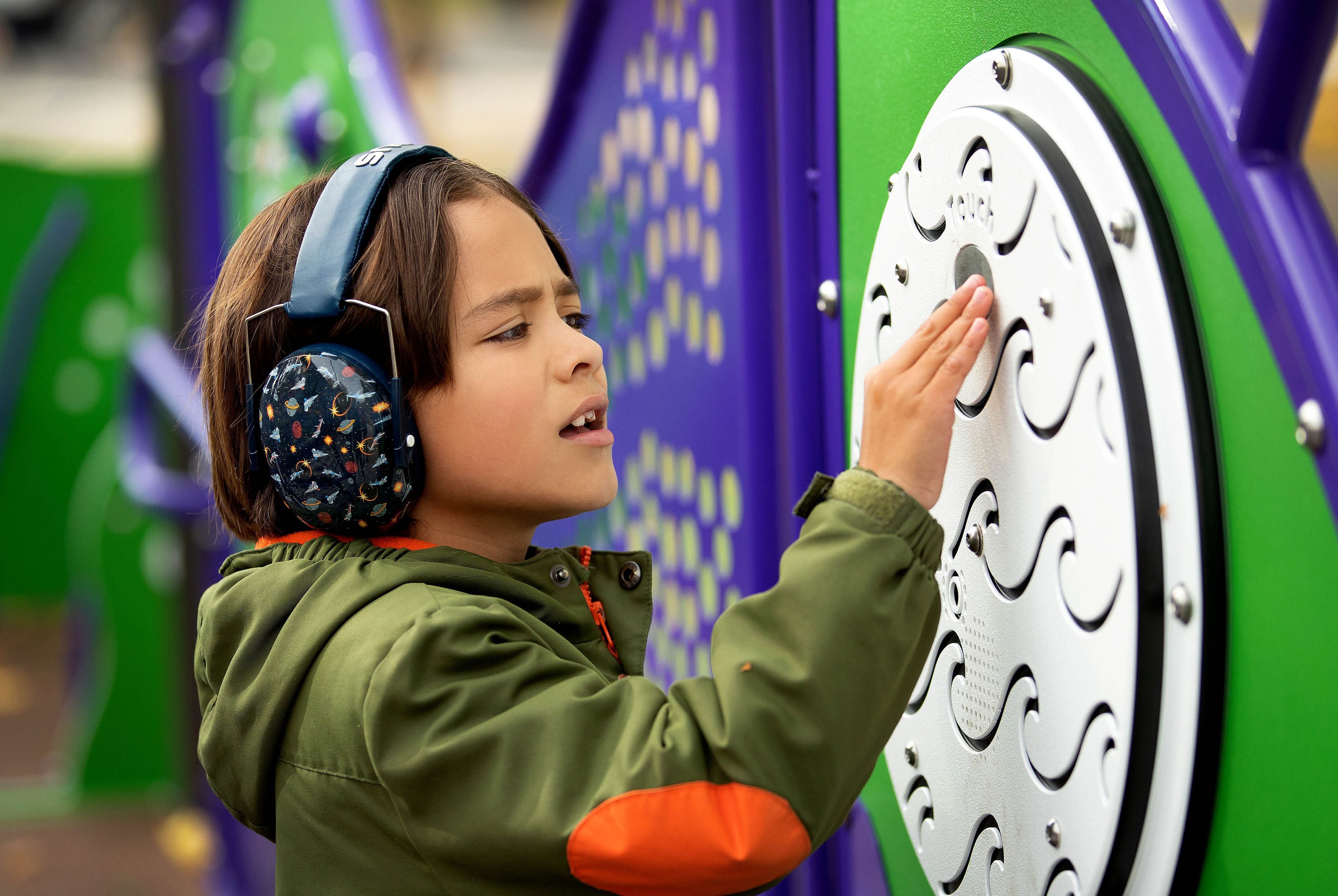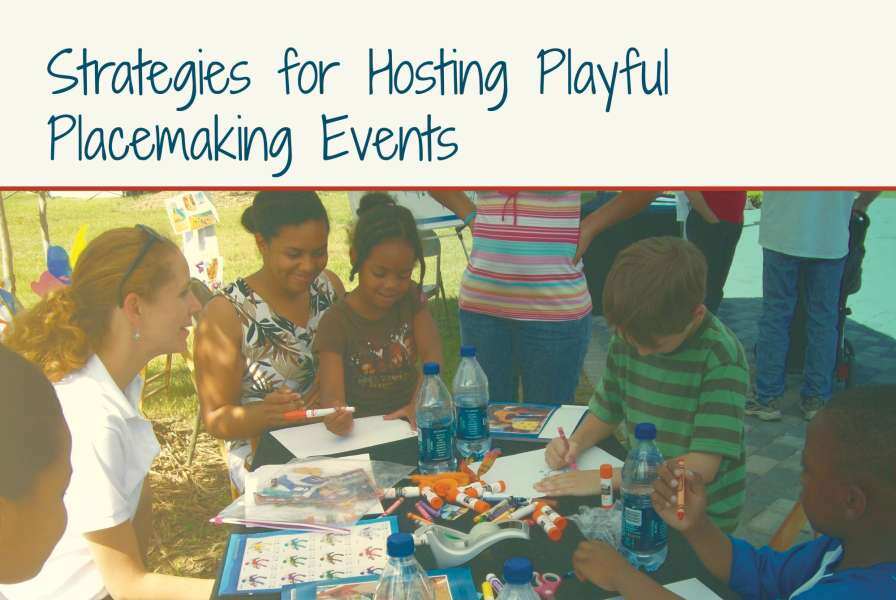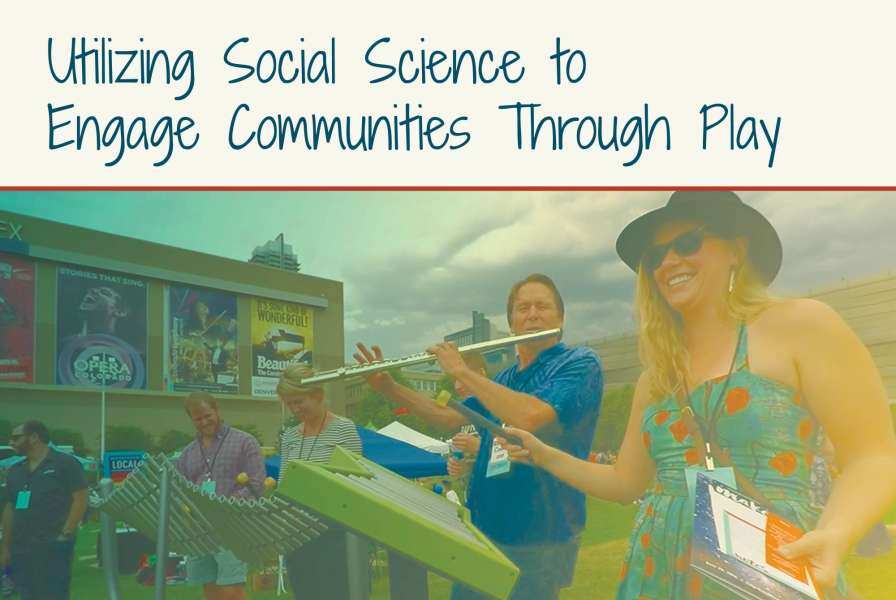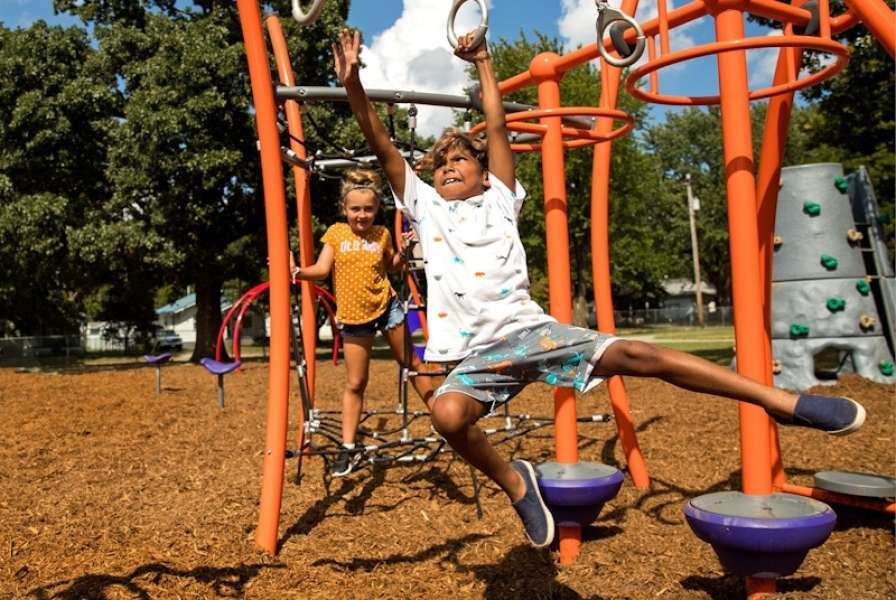In order to reap maximum health benefits, a well-rounded exercise program (WREP) must contain a variety of elements, each offering specific results for overall health. By including equipment that offers the following elements, you can ensure your Outdoor Adult Fitness Park provides a WREP that promotes health improvement and wellness. While it isn't necessary to fit each of these elements into every fitness session, factoring them into a regular routine can help you promote overall health and wellness in your community.
![]()
Aerobic Fitness
Aerobic exercise, also known as cardio or endurance activity, is the cornerstone of most fitness training programs. Aerobic exercise includes any physical activity that uses large muscle groups and increases heart rate. Aerobic activity engages the heart, lungs, and blood vessels, improving efficiency of each. Your heart will become stronger, your lungs can move more oxygen in and out, and your blood vessels become more elastic, helping to prevent age related problems.
According to the American Heart Association, aerobic, or cardiovascular, exercise can help lower blood pressure, lower bad (LDL) cholesterol. It can also help regulate weight, blood sugar, reduce asthma symptoms, improve sleep quality, strengthen the immune system, heart disease, high blood pressure, Type 2 diabetes, stroke, osteoporosis, and certain types of cancer.
![]()
Muscle Fitness
Muscular fitness is another key component of a well-rounded exercise program. Strength or resistance training helps to increase bone strength and muscular fitness, as well as maintain muscle mass during a weight-loss program. This type of exercise helps by increasing overall strength, so that lifting, climbing stairs, and other activities become easier. Maintaining and building muscle is also good for your metabolism, prevents falling, prevents injury, and lifts your mood.
Normally, adults who are sedentary beyond age 50 can expect muscle loss of up to 0.4 pounds a year. Age-related muscle loss is associated with bone loss, metabolic rate reduction, fat gain, diabetes, metabolic syndrome, heart disease, and various problems associated with physical degeneration/dysfunction. A review article by University of Michigan researchers, published in The American Journal of Medicine, shows that after an average of 18-20 weeks of progressive resistance training, an adult can add two and half pounds of lean muscle to their body mass and increase their overall strength by 25-30%
In addition to helping maintain muscle mass and bone density, resistance exercise can have a beneficial effect on metabolic rate, insulin sensitivity, high-density lipoprotein cholesterol, cognitive ability, and self-esteem, as well as for decreasing body fat, resting blood pressure, low-density lipoprotein cholesterol, low-back pain, arthritic discomfort, and depression.
Core Fitness
While most people envision the rectus abdominis (think six-pack) muscles when they hear the term "core", this group includes the muscles in your abdomen, lower back, and pelvis. United, they help protect your back and connect your upper and lower body movements. Core strength is another key element of a well-rounded fitness training program. Core exercises help train your muscles to brace the spine and enable you to use your upper and lower body muscles more effectively. They train the muscles in your pelvis, lower back, hips, and abdomen to work in harmony with each other. This leads to better overall balance and stability, and better overall conditioning as almost all movement involves the core.
Strong sore muscles make it easier to do many activities, such as swing a golf club, get a glass from the top shelf and bend down to tie your shoes. Strong core muscles are also important for athletes, such as runners, as weak core muscles can lead to more fatigue, less endurance, and injuries.
Weak core muscles can also leave you susceptible to poor posture, lower back pain, and muscle injuries. Strengthening core muscles may also help improve back pain.
Balance
While often left out of exercise programs, all people benefit from balance training but older adults in particular can maintain or improve balance and reduce the risk of falls. By training to develop greater balance, people can realize improvements in coordination, athletic skill, and posture. This in turn may contribute to fewer injuries and greater stability as we age. Balance, or maintaining control of a moving center of mass over a changing base of support, is extremely relevant to many of life's daily activities.
Optimal balance is achieved when multiple sensory systems provide information about the body's position as it moves. The eyes (visual), inner ears (vestibular) and skin (kinesthetic) contain numerous sensory receptors that provide important feedback to the central nervous system about which muscles to activate and when. Injury, illness, neurological disorders, medications, and advancing age can affect all the systems involved in balance. Balance improves coordination and the ability to react to sudden changes in direction. Balance training is an effective way to strengthen and tone your oblique muscles, as well as the muscles of the hips, thighs, glutes, and lower back. Balance exercises are a great low intensity workout.
Flexibility
Flexibility is an important part of physical fitness. Stretching exercises are effective in increasing flexibility, and thereby can allow people to more easily do activities that require greater range of movement. Stretching also improves the motion of the joints and promotes better posture. Regular stretching can even help relieve stress. Improved flexibility produces a wide range of physical benefits and can have a positive effect on your overall well-being. It helps correct muscle imbalances, which can reduce your chance of getting injured during physical activity. It can also help reduce aches and pains, improve posture and balance, increase strength and physical performance, and contribute to a positive state of mind.
